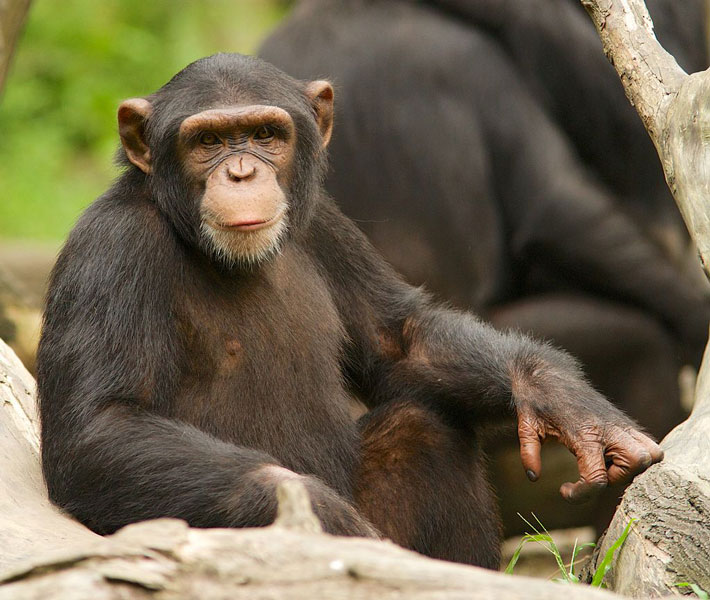 NEW YORK, NEW YORK—Paleoanthropologist Christopher Gilbert of Hunter College and Thomas Cody Prang of Washington University in St. Louis are attempting to determine what the last common ancestor (LCA) of humans and apes might have looked like, according to a Live Science report. The LCA lived between five and 23 million years ago. Fossils from this period are rare, however, and they include species of early apes in a wide range of sizes. A better understanding of these species and their evolutionary relationships could help scientists understand the size of the LCA, Gilbert said. The evidence does suggest that the LCA walked heel-first on four legs, and was capable of climbing. Prang explained that the upper limbs were probably large and heavy with short hind limbs. He added that the LCA’s brain size was smaller than that of a human, while the head would have had a more forward position for walking on all fours, like a gorilla or a chimpanzee. Meanwhile, its fingers may have been long and curved, similar to those of Ardipithecus, a fossil hominin that lived some 4.4 million years ago. “The LCA was neither a gorilla nor a chimpanzee, but it was likely most similar to gorillas and chimpanzees among all known primates,” Prang said. New fossils are needed to fill in the picture, Gilbert concluded. To read about research into the last common ancestor of modern humans and Neanderthals, go to "Neanderthal Hearing."
NEW YORK, NEW YORK—Paleoanthropologist Christopher Gilbert of Hunter College and Thomas Cody Prang of Washington University in St. Louis are attempting to determine what the last common ancestor (LCA) of humans and apes might have looked like, according to a Live Science report. The LCA lived between five and 23 million years ago. Fossils from this period are rare, however, and they include species of early apes in a wide range of sizes. A better understanding of these species and their evolutionary relationships could help scientists understand the size of the LCA, Gilbert said. The evidence does suggest that the LCA walked heel-first on four legs, and was capable of climbing. Prang explained that the upper limbs were probably large and heavy with short hind limbs. He added that the LCA’s brain size was smaller than that of a human, while the head would have had a more forward position for walking on all fours, like a gorilla or a chimpanzee. Meanwhile, its fingers may have been long and curved, similar to those of Ardipithecus, a fossil hominin that lived some 4.4 million years ago. “The LCA was neither a gorilla nor a chimpanzee, but it was likely most similar to gorillas and chimpanzees among all known primates,” Prang said. New fossils are needed to fill in the picture, Gilbert concluded. To read about research into the last common ancestor of modern humans and Neanderthals, go to "Neanderthal Hearing."
The Search for the Last Common Ancestor of Humans and Apes
